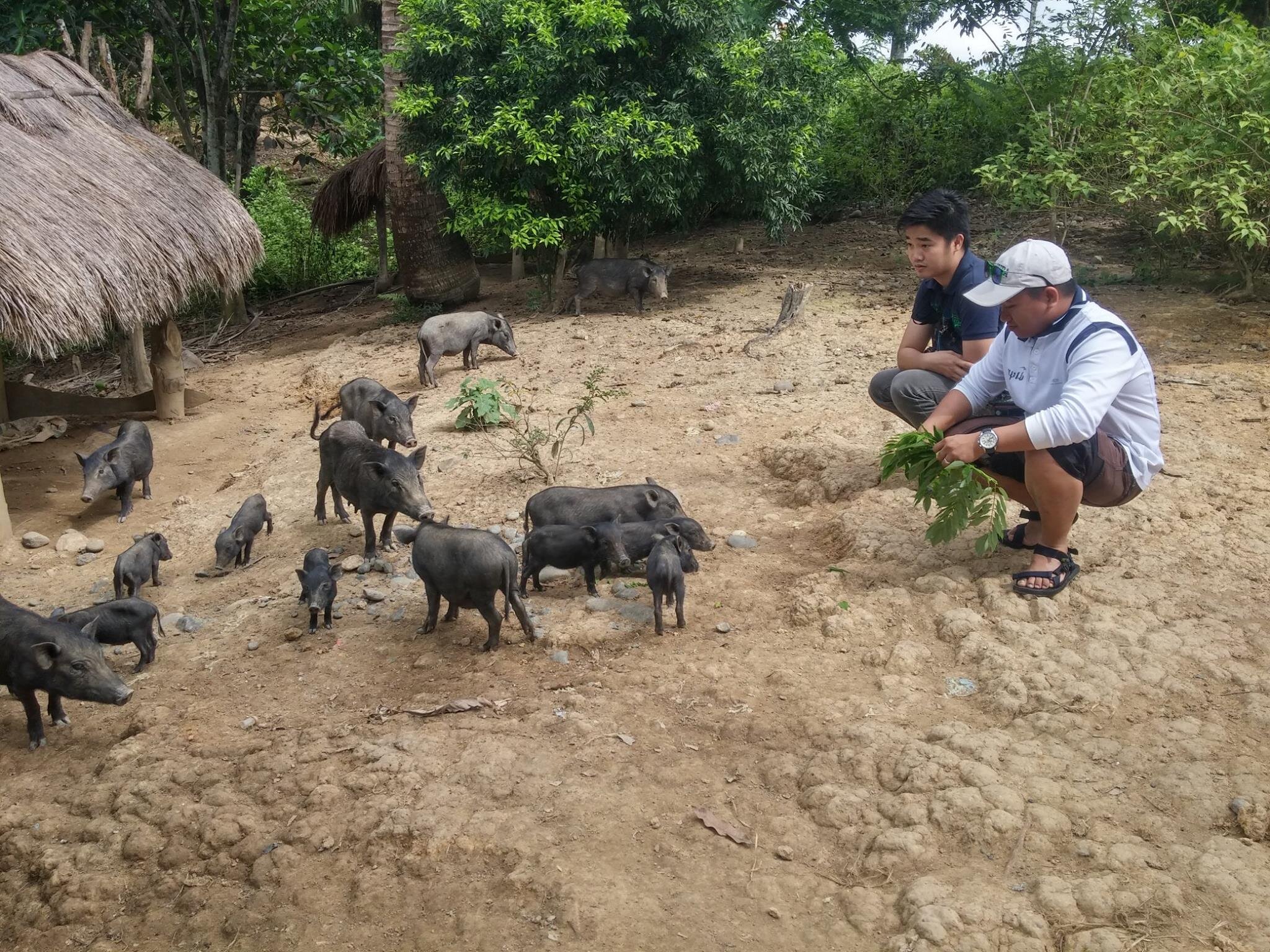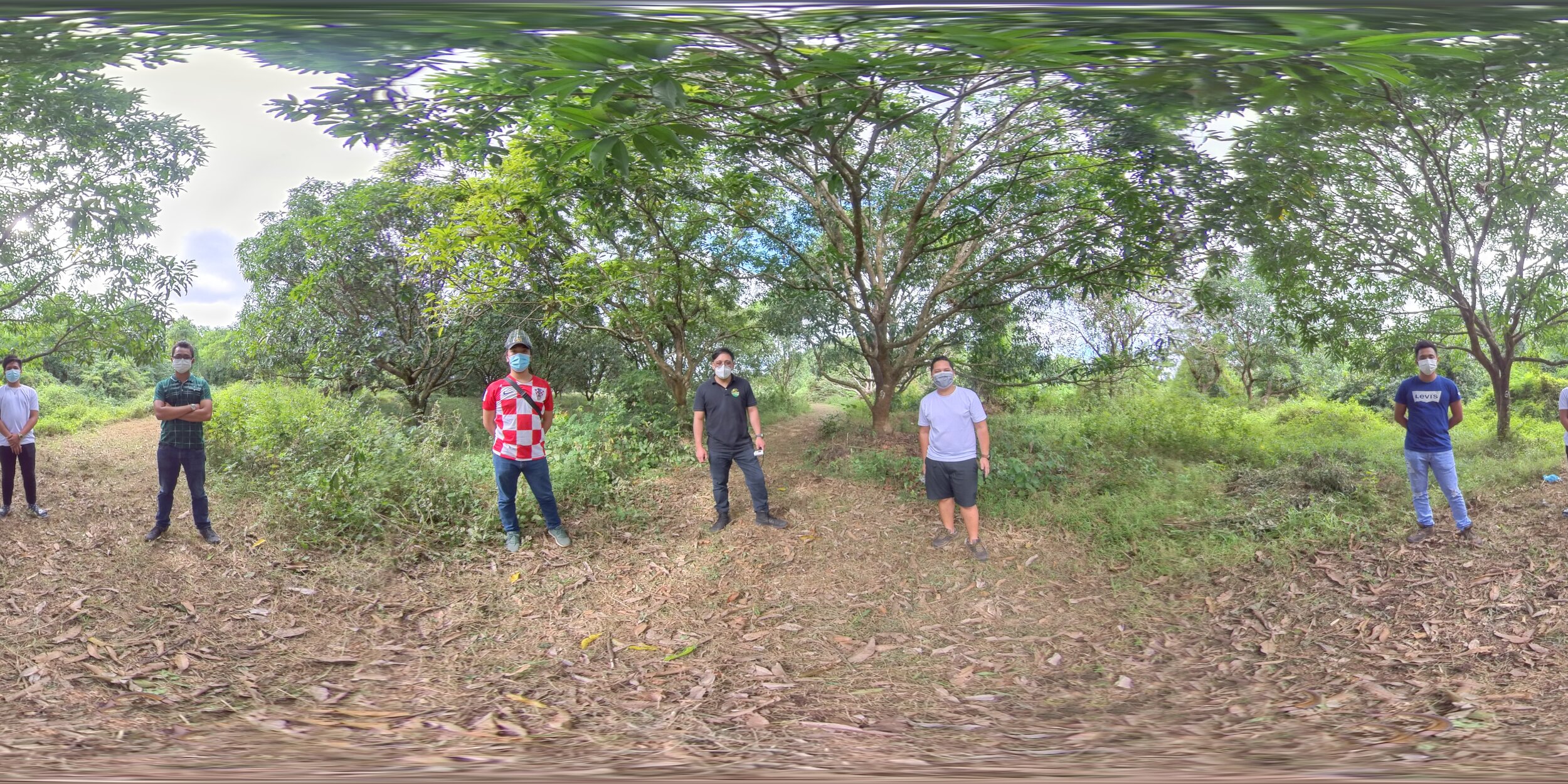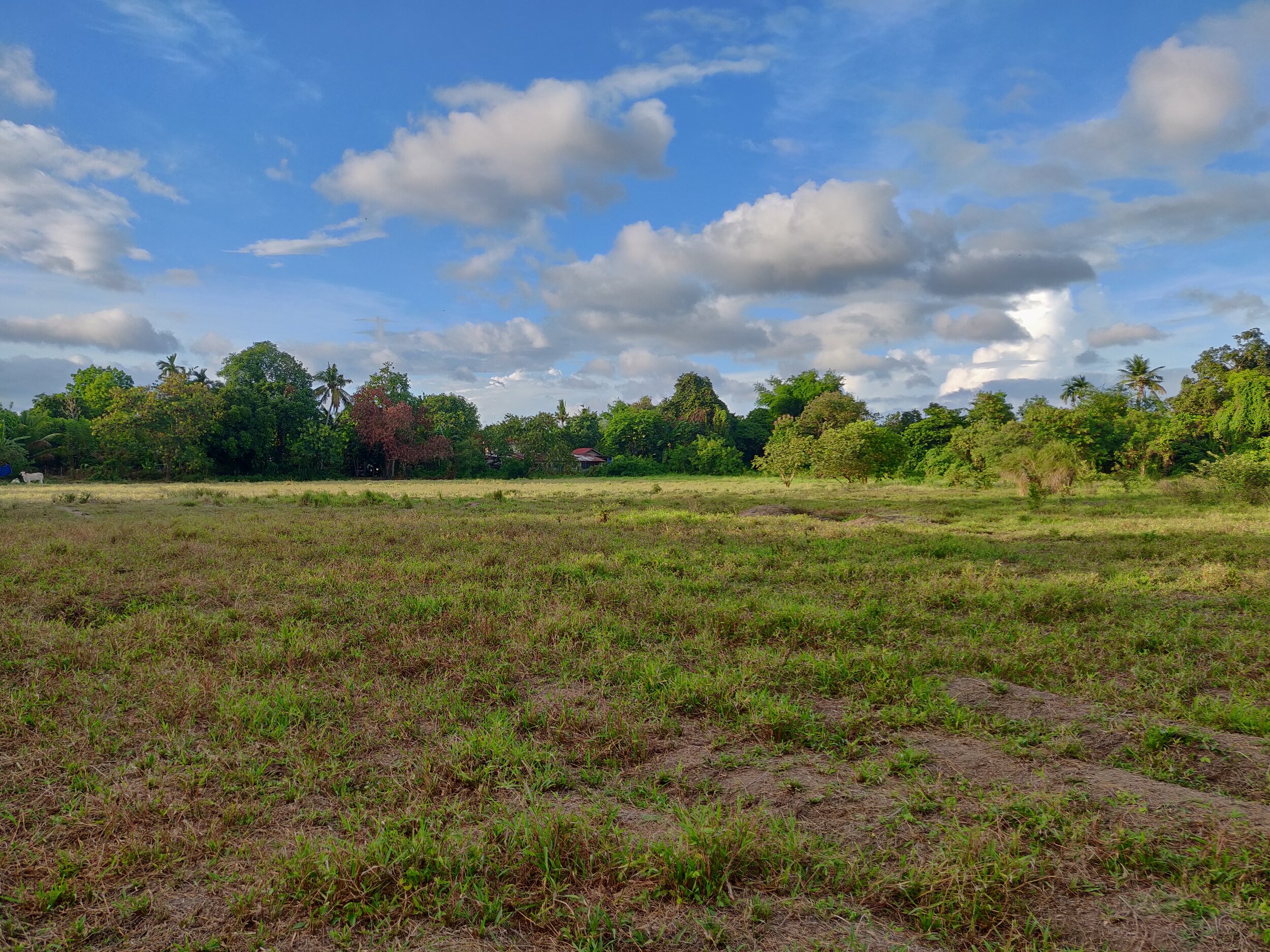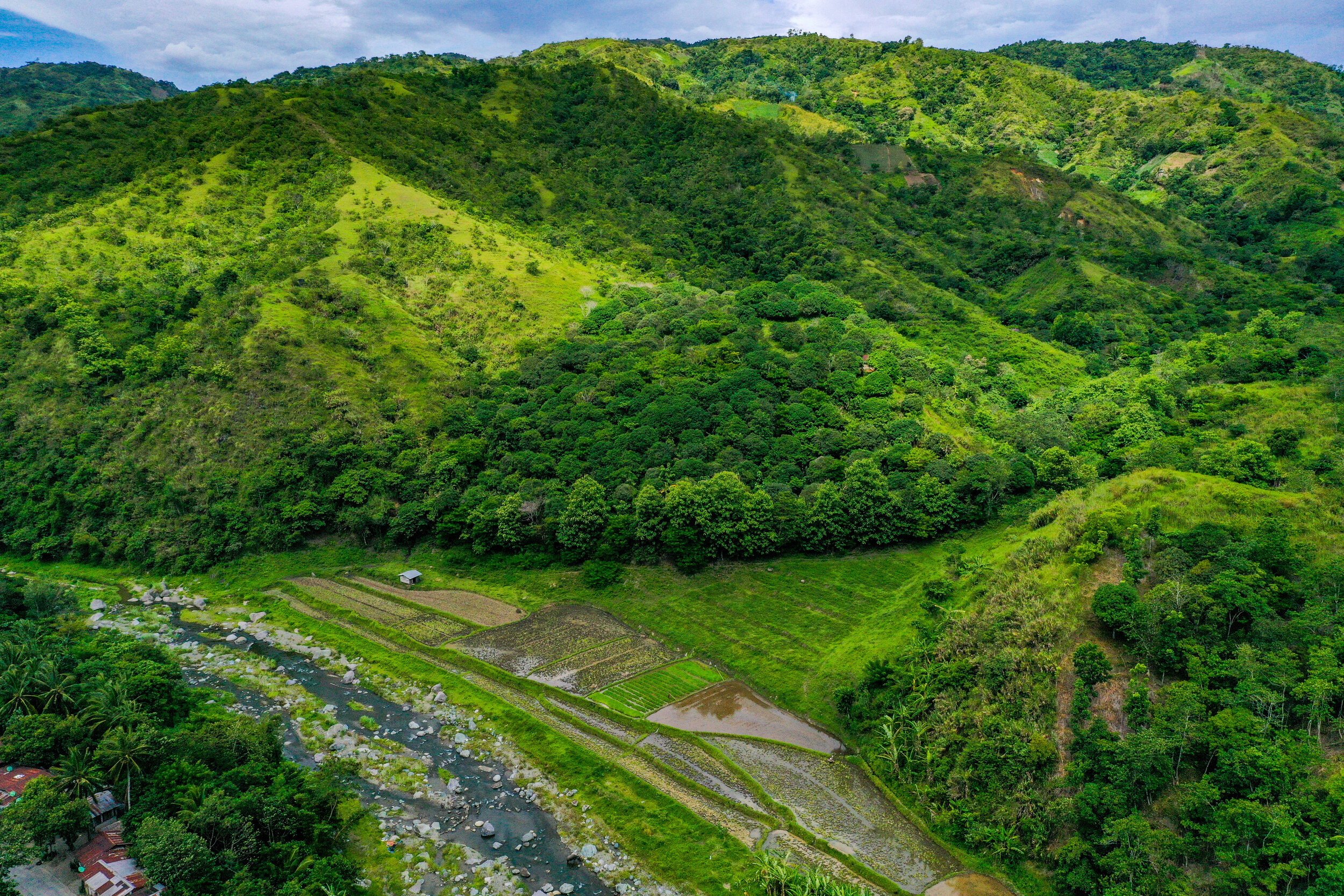Opinion: Why is Farm Planning Important?
Over the years, we have seen a variety of sites.
By visiting a lot of them, I have been able to form some conclusions when it comes to Philippine farms.
Neighboring sites differ. Even if they are contiguous, situations on- site can be immensely distinct from each other. A lot of factors come into play, when it comes to establishing a farm, but most of the times, these are overlooked, such as water availability, sunlight, wind direction, peace and order, and proximity to the markets. We have seen a lot of previously established farms that are mostly rain-fed, which was a surprise to us initially, but as we visited more sites, this seemed to be the norm.
Another realization was that there are a lot of farms that are planted with trees, that have long gestation periods, that are not productive. Yes, the trees are there, but they are not fruiting. This is due to lack of proper nutrient management, irrigation (yes, even fruit trees need to be irrigated) and just plain site mismatch.
We also have a culture of copying what the neighbor plants. Mang Juan sees a huge profit in tomatoes, so his neighbor Mang Pedro also plants the same. Soon, all of the farms have converted into tomato, which leads to surplus. Inevitably, surplus leads to low prices and leads to food waste. I can only assume that it led to this..
“Halos 10 toneladang kamatis, itinapon na lamang ng mga magsasaka sa Kalayaan, Laguna dahil hindi na umano mabenta”
Farms are deemed failures when they do not meet the projected harvests that a farm owner had in mind. Profitability is such a huge factor, that the lack of it has led to a lot of farms being left idle instead.
Based on the statistics we have around 31,270 hectares of arable land lying idle.
Below are some important crops in the country and their average production per hectare annually:
We are, quite literally, leaving a lot of food and money on the table by leaving our lands idle. Income from producing these crops could’ve gone a long way in helping establish more robust marketing and processing systems in the localities where they originate. This could result into job creation and a more equitable spread of economic development.
This is where farm planning can come in.
Farm planning can help address a lot of these issues. Farm owners can plan phases of development for their properties, allowing them to properly manage their resources and expectations. Optimized production can be had, coinciding with market demand (thru data-driven decision making/coordination with the markets), which can lead to better profit margins for owners.
Frustration that builds up after waiting for medium to long-term crops/trees to prosper can be avoided by proper site selection.
Lastly, nutritional needs of the immediate area can be addressed and provided for. This can go a long way in fighting malnutrition, where everyday, 95 kids die from. (Child survival | UNICEF Philippines)
Intentional farming, thru proper planning, can help alleviate a lot of concerns when it comes to investing in Agriculture.
We, at Dream, hope that we can play a role in feeding and nourishing the globe, through the dissemination of techniques, technologies and systems that can help bring farming into the forefront and be recognized as an important and critical part of our lives.










